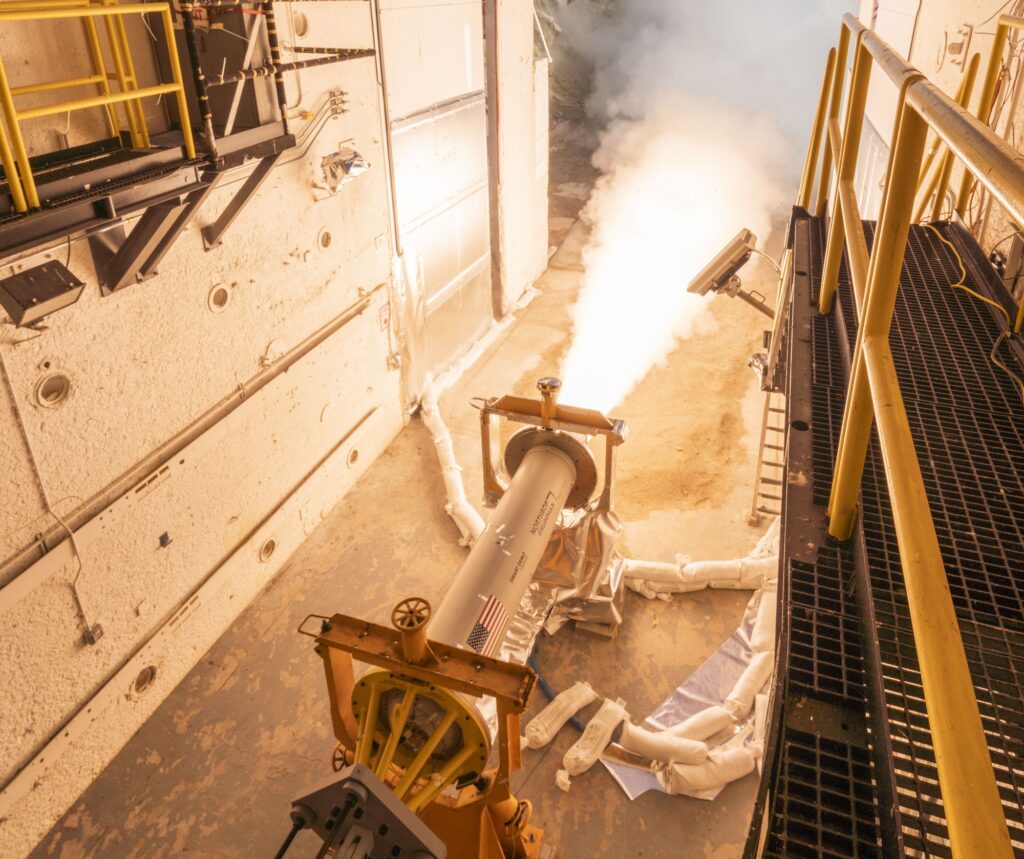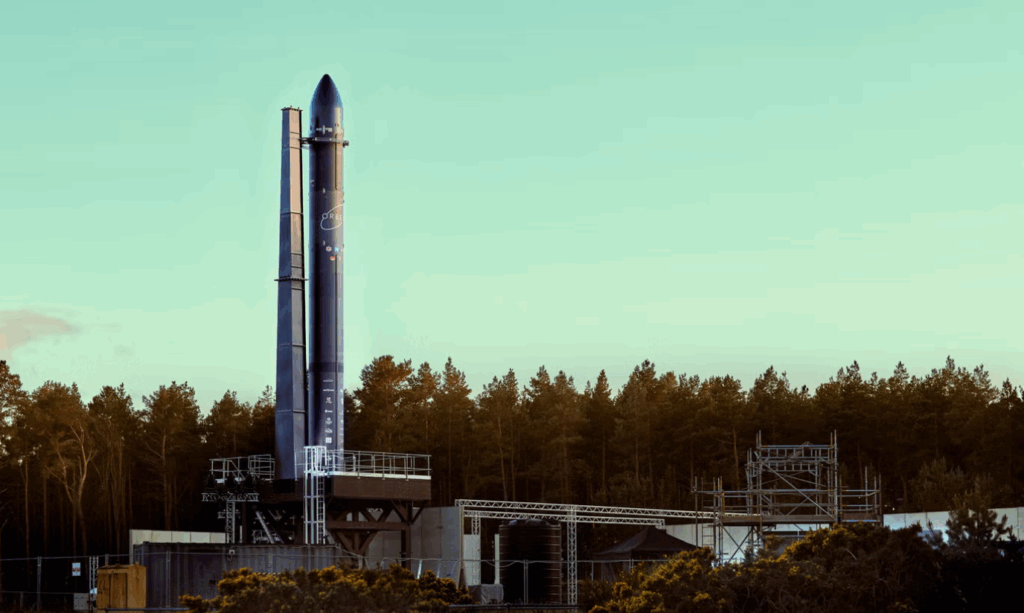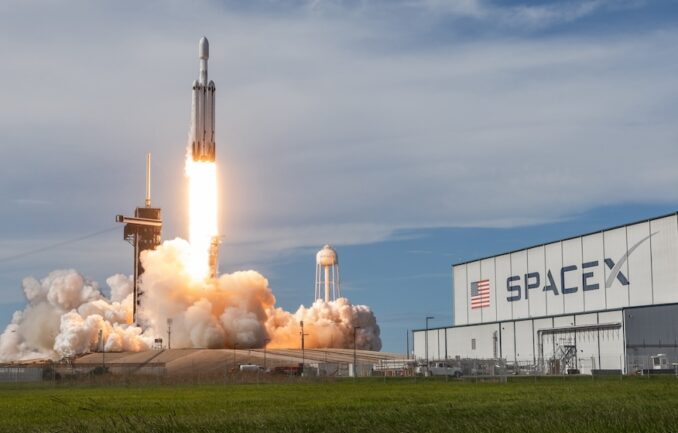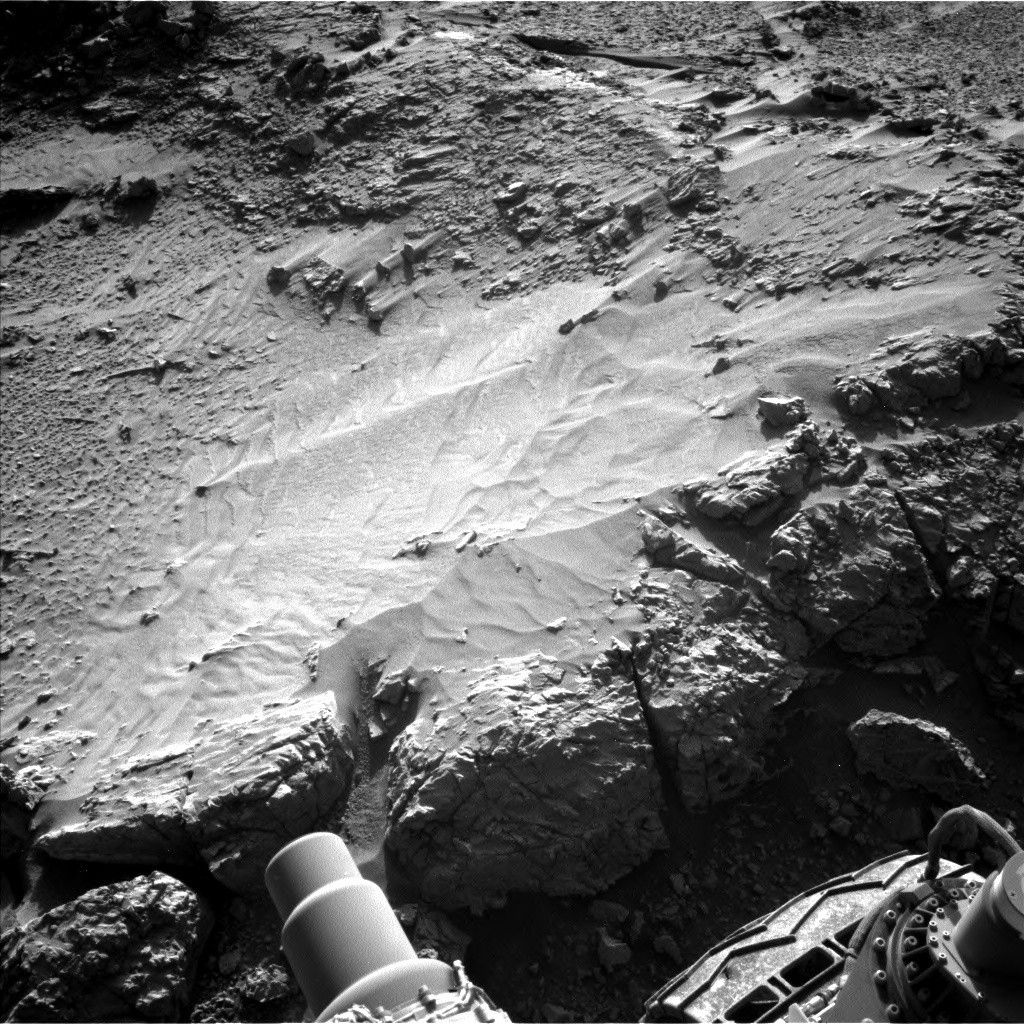Now Reading: NATO allies to pledge capabilities to address growing threats
-
01
NATO allies to pledge capabilities to address growing threats
NATO allies to pledge capabilities to address growing threats

ST. LOUIS – At the June NATO summit in the Netherlands, allies will outline specific capabilities to contribute to the alliance.
“It won’t just be a pledge,” UK Royal Marines Maj. Gen. Paul Lynch, NATO deputy assistant secretary general for intelligence, said May 19 at the GEOINT Symposium 2025. “It has to be a plan in order for us to be able to ensure that we have sufficient materiel, people, capabilities to be able to continue to deter an increasingly belligerent adversary in Russia.”
NATO allies are expected to boost defense spending as high as 3.5 percent of their gross domestic products in response to growing threats.
“China continues to display increasingly aggressive behavior towards its neighbors, while acting as the decisive enabler for Russia’s war effort,” Lynch said. “But it’s not just state-level challenges that we face. Many other dangers persist, from terrorism to nuclear proliferation and hybrid or destabilizing threats.”
And while NATO leaders rarely mention the Trump administration in speeches, it is one of the factors spurring allies to boost defense spending.
Clear Signals for Industry
“We need to discuss how to make sure that NATO will be stronger,” NATO Secretary General Mark Rutte said May 15 at a meeting of NATO foreign affairs ministers in Turkey. “That means more defense spending; that means more defense industrial production.”
If the 3.5 percent target were adopted, NATO allies collectively would spend an additional $400 billion a year. Lynch refrained from predicting the level of future financial commitments but said allies will work closely with industry to adopt advanced technology.
“We know that we must send clear, long-term demand signals to industry,” Lynch said. “With this demand, industry will need to step up, continue to innovate, adopt new technologies and achieve economies of scale.”
Space Technology
Rather than asking nations to commit to providing a specific number of aircraft, for instance, NATO will offer flexibility while being “crystal clear on what we require nations to bring to the fight,” Lynch said. “We need to continue to innovate because technology is changing so fast.”
Space technology is an important component of NATO’s modernization campaign.
“NATO must continue to maximize its ability to leverage capabilities from space while also delivering security to space,” Lynch said. “We all understand the fact that space underpins NATO’s ability to do many things: navigate and track forces, robust communications, detect missile launches, assure effective command and control, and the list goes on.”
Lynch cited two promising space-related programs: Allied Persistent Surveillance from Space, a program aimed at ensuring NATO can collect data on any location at any given time, and the Strategic Space Situational Awareness System for NATO headquarters.
Indo-Pacific
Beyond Europe and North America, NATO is engaged in dialog and exercises extending to the Indo-Pacific region.
“China is seen at the moment in the alliance as a strategic challenge,” rather than a threat, Lynch said. “But clearly to some allies, it’s very much a threat.”
NATO is enhancing its support of allies focused on the Indo-Pacific region, while ensuring “a max amount of deterrence and, if necessary, defense of every single inch of [NATO] territory,” Lynch said.
Stay Informed With the Latest & Most Important News
Previous Post
Next Post
-
 012024 in Review: Highlights from NASA in Silicon Valley
012024 in Review: Highlights from NASA in Silicon Valley -
 02Panasonic Leica Summilux DG 15mm f/1.7 ASPH review
02Panasonic Leica Summilux DG 15mm f/1.7 ASPH review -
 03How New NASA, India Earth Satellite NISAR Will See Earth
03How New NASA, India Earth Satellite NISAR Will See Earth -
 04And Thus Begins A New Year For Life On Earth
04And Thus Begins A New Year For Life On Earth -
 05Astronomy Activation Ambassadors: A New Era
05Astronomy Activation Ambassadors: A New Era -
06SpaceX launch surge helps set new global launch record in 2024
-
 07From Polymerization-Enabled Folding and Assembly to Chemical Evolution: Key Processes for Emergence of Functional Polymers in the Origin of Life
07From Polymerization-Enabled Folding and Assembly to Chemical Evolution: Key Processes for Emergence of Functional Polymers in the Origin of Life




















